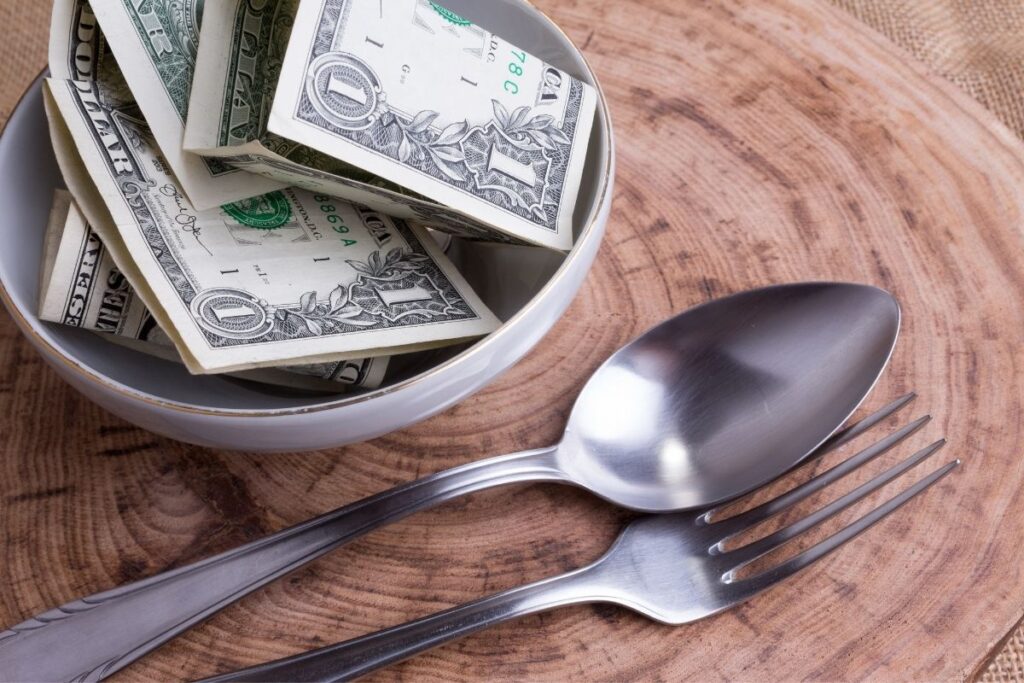
Currency, both in paper bills and coins, serves as a fundamental part of modern economies, facilitating trade and embodying the trust people place in their governments. But have you ever wondered how much it actually costs to create the money you use daily? In this article, we’ll dive into the economics of producing physical currency, examining the materials, processes, and broader implications involved in the cost to print money.
Contents
The Basics of Currency Production
What is Physical Currency?
Physical currency refers to the tangible money we use, including paper bills and coins. While most of the world’s money exists digitally, physical money still plays a vital role, especially in day-to-day transactions and in areas with limited access to digital payment systems.
Who Produces Currency?
In the United States, the Bureau of Engraving and Printing (BEP) produces paper money, while the U.S. Mint is responsible for coins. Around the world, similar government agencies oversee currency production, using unique designs and security features to prevent counterfeiting.
Cost Breakdown of Printing Money
Cost of Paper Bills
Paper bills aren’t made from ordinary paper. Instead, they use a blend of cotton and linen, enhanced with features like watermarks, microprinting, and color-shifting ink. On average, printing a single U.S. bill costs between 7 and 19 cents, depending on the denomination. Higher denominations, like $50 or $100 bills, tend to cost more due to advanced security measures.
Cost of Coins
Coins are made from a mix of metals such as copper, nickel, and zinc. Interestingly, it costs more than 2 cents to produce a penny and nearly 8 cents to produce a nickel, making these coins more expensive to create than their face value.
Additional Factors Influencing Costs
Several factors affect the cost of currency production, including:
- Raw Material Prices: Fluctuations in the price of metals and cotton.
- Security Features: Advanced anti-counterfeiting measures.
- Production Volume: Large-scale production can reduce per-unit costs.
The Life Cycle of Currency
Lifespan of Different Denominations
The lifespan of a $1 bill averages around 6.6 years, while $100 bills can last up to 23 years, as they are less frequently handled. Coins, being more durable, can remain in circulation for 30 years or more.
Costs of Replacing Old Currency
When bills become too worn for use, they are removed from circulation and shredded or recycled. The cost of replacing old currency adds to the overall expense of maintaining a functioning monetary system.
Economic Implications of Printing Money
Financial Costs to Governments
Currency production costs are significant. In the U.S., the annual budget for currency production runs into hundreds of millions of dollars. These costs are funded through taxes or national debt.
Environmental Costs
The production of currency has environmental consequences, including the extraction of raw materials and energy-intensive manufacturing processes. Many governments are exploring ways to make currency production more sustainable.
Psychological Value of Physical Money
Despite its costs, physical money holds unique value. Its tangibility fosters trust and confidence in the monetary system, something that digital currencies struggle to replicate.
Interesting Facts and Comparisons
International Currency Production Costs
Costs vary globally. For instance, countries like Australia and Canada use polymer bills, which are more expensive to produce but last significantly longer than traditional paper bills.
Historical Changes in Production Costs
Over time, advances in technology have both increased and decreased costs. For example, while automation has streamlined production, the addition of high-tech security features has added to expenses.
The Future of Currency Production
Shift Toward Digital Transactions
With the rise of digital payments, the demand for physical currency is declining. This trend could lead to reduced production costs in the future.
Potential Technological Advances
Emerging technologies, such as AI and blockchain, could further enhance the security and efficiency of currency production.
Cost to Print Money Conclusion
The cost of to print money is far more than the face value of the currency itself. From raw materials and security features to environmental considerations, currency production reflects a complex blend of economics, technology, and trust. As digital payments grow in popularity, the role of physical money may evolve, but its historical and psychological significance will likely endure.
By understanding the true cost of currency, we can better appreciate its role in our everyday lives and the economy.
- How To Make Money On Grailed: Sell Fashion For Profit - February 19, 2025
- Reasons Why We Need More Women Investors - February 19, 2025
- Why Dave Ramsey’s Advice Might Not Work for You - February 19, 2025




